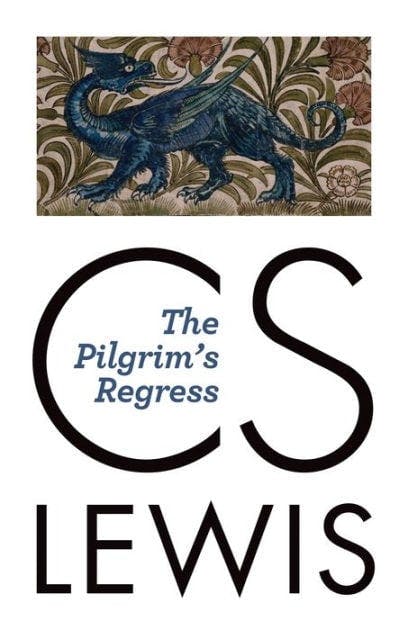

The Pilgrim's Regress
What's This Book About
The first book written by C. S. Lewis after his conversion to Christianity, The Pilgrim’s Regress is, in a sense, a record of Lewis’s own search for meaning and spiritual satisfaction, a search that eventually led him to Christianity. Here is the story of the pilgrim John and his odyssey to an enchanting island that creates in him an intense longing – a mysterious, sweet desire. John’s pursuit of this desire takes him through adventures with such people as Mr. Enlightenment, Mr. Mammon, Mother Kirk, and Mr. Sensible and through such cities as Thrill and Eschropolis – and through the Valley of Humiliation. Though the dragons and giants here are different from those in Bunyan’s Pilgrim’s Progress, Lewis’s allegory performs the same function of enabling the author to say with fantasy and simplicity what would otherwise have demanded a full-length philosophy of religion. In Lewis’s skillful hands this fable becomes as effective a Christian apologia as Bunyan’s.
What Kind of Book is The Pilgrim's Regress
Topics
Writing Styles
Reviews
Book Lists That Include This Book
The Creatives Behind the Book
Clive Staples Lewis was a British writer, who authored more than 30 books during his prolific career, both fiction (most famously The Chronicles of Narnia) and non-fiction (including such classics as Mere Christianity and The Screwtape Letters). A professor at both Oxford and Cambridge Universities, Lewis was a contemporary with J.R.R. Tolkein, with whom he was also close friends—both were members of a group called the Inklings. Later in life, Lewis married Joy Davidman and gained two stepsons—Douglas and David Gresham. Lewis died at the age of 64 from kidney failure.
What Has C. S. Lewis Said About This Book
Nothing yet! Let C. S. Lewis know that you want to hear from them about their book.
More Books From These Creatives
Similar Books to This Book
Book Details
- ISBN
- 9780802872173
- Publication Date
- May 25, 1933
- Publisher
- Eerdmans
- Original Publication Date
- January 1, 1933
- Page Count
- 256
- Audience
- Adult
- Reading Age
- 16 - 100 years
Contribute to this page
Are you the author or illustrator? Claim your book.






































